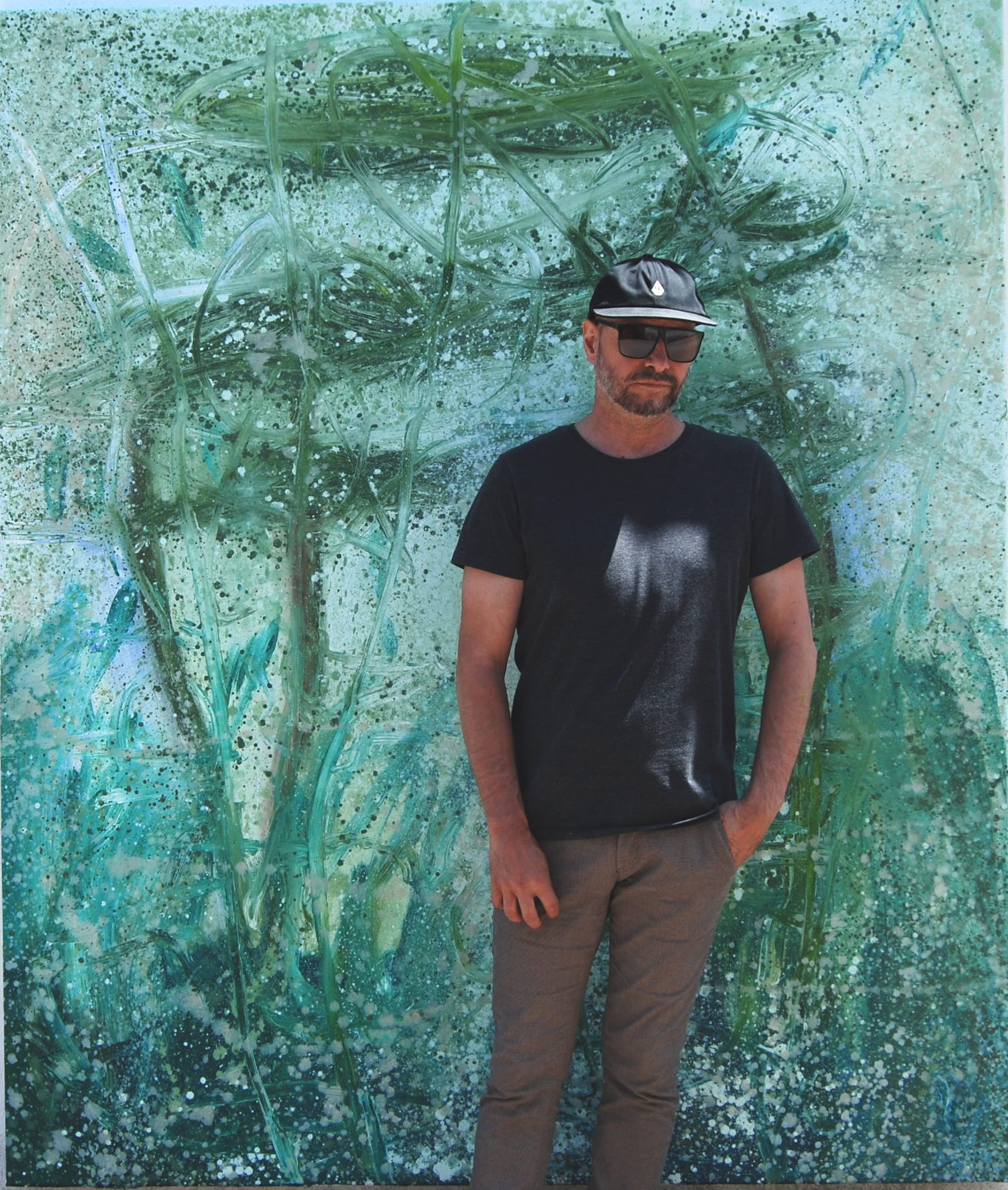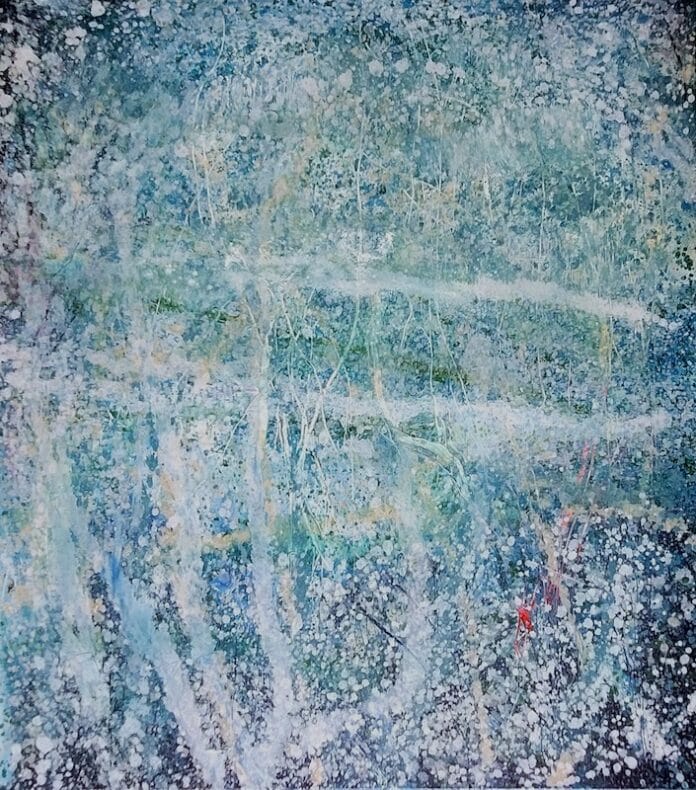Reiner Heidorn, a contemporary German painter, creates large-scale oil paintings that defy conventional depictions of nature. Rather than realistic portrayals of flora and fauna, Heidorn explores abstraction through the lens of microscopic imagery. His artistic vision draws from the unseen — plant cells, freshwater microorganisms, and the silent activity of chlorophyll — to present a radical and reflective interpretation of the natural world.

A Vision Rooted in Microscopic Ecology
At the core of Heidorn’s practice is an obsession with the “unspectacular” — not in a dismissive sense, but as a profound celebration of the everyday miracles that unfold beyond human perception. Using microscope images as reference points, Heidorn zooms into the quiet drama of nature’s building blocks. Cells become patterns, chlorophyll becomes light, and waterborne organisms transform into swirls of form and energy.
His works are not intended to be scientific illustrations but emotive, expressionistic translations of nature’s smallest actors. Through a style that borders on infinite pointillism, Heidorn invites viewers to reflect on the interconnectedness between humans and these minute, often ignored, life forms. The effect is both meditative and humbling.
Expressionism and Abstraction in Practice
While rooted in natural imagery, Heidorn’s paintings resist categorization. They neither strive for scientific realism nor fully abandon representation. Instead, his works embody an expressionist abstraction where texture, color, and scale become tools for emotional resonance. His brushwork channels the vibrancy of organic life, pulsing with invisible energies, yet avoids the direct mimicry of botanical forms.
Heidorn’s canvases often engulf the viewer, both physically and psychologically. Their sheer size mirrors the vastness of the ecosystems he references, and yet they point toward microcosmic realities — a duality that encapsulates much of the philosophical tension in his work.
Art as Resistance to Excess
Beyond the visual language, Heidorn’s paintings carry a quiet but potent critique of modern consumerist society. In his own words, his work stands as a “counterpoint to the prevailing, unbridled economic growth.” He questions the dominant narrative that places economic success above environmental stewardship or collective wellbeing. His meditative and introspective canvases confront viewers with the idea that the self — and all its desires — may be far less significant in the broader ecological web.
This ideological stance does not manifest in slogans or activist rhetoric. Instead, it emerges through atmosphere and suggestion. The tranquility of his compositions functions as a form of resistance against the speed, noise, and excess of the material world. They remind us that nature’s quiet persistence is at odds with the unsustainable tempo of human ambition.
The Power of Scale: From Micro to Monumental
One of the most striking features of Heidorn’s work is his manipulation of scale. He takes the microscopic and transforms it into something monumental. This inversion forces viewers to engage differently with what they see. What was once invisible becomes overwhelming. What was once insignificant becomes sublime.
In doing so, Heidorn repositions our relationship with nature. No longer are we looking down upon it from a human-centric perspective. Instead, we are enveloped by it — emotionally and physically — as the viewer becomes a small part within a much larger system. His paintings do not speak to dominance over nature but rather a reverent awe of its complexity and endurance.
Calm as Psychological Recovery
In an era marked by constant overstimulation, Reiner Heidorn’s work offers a rare psychological refuge. His paintings breathe. They do not demand attention but reward it. The viewer is encouraged to linger, to explore the subtle details, to lose track of time. In this sense, his art operates as a form of psychological recovery — a visual therapy that contrasts sharply with the digital and economic chaos of contemporary life.
Heidorn’s aim is not only to depict but to evoke. Through rich textures, nuanced colors, and fluid compositions, he crafts a visual language that communicates serenity and insignificance simultaneously. This paradox — that one can feel both calm and small — lies at the heart of his work’s emotional power.
Conclusion: Art as Ecological Awareness
Reiner Heidorn’s paintings are not merely aesthetic objects but meditations on life, growth, and the fragile balance that sustains both. By turning the microscope into a muse, he challenges viewers to rethink their scale of importance in a universe teeming with invisible life. His work is a gentle confrontation — a beautiful and haunting reminder of our place in the greater web of existence.
In a time when art often shouts, Heidorn’s paintings whisper. And in that whisper is a profound message: that true awareness begins not with conquest, but with quiet observation.


